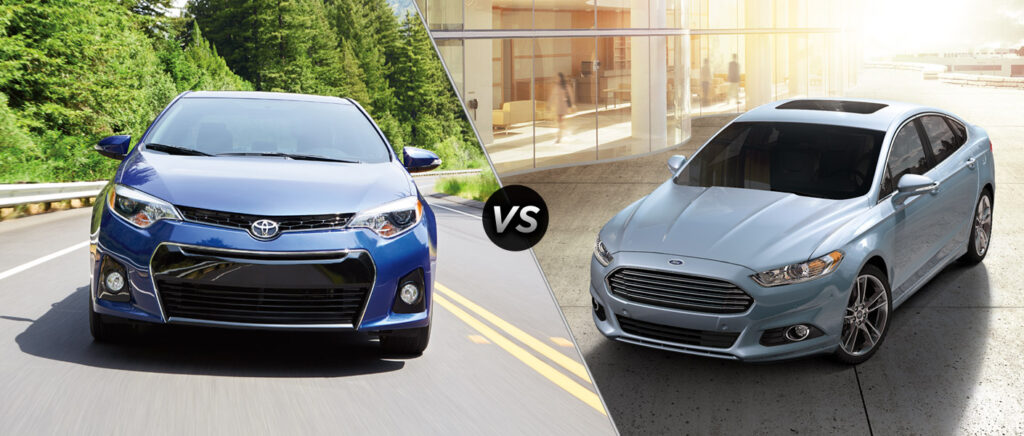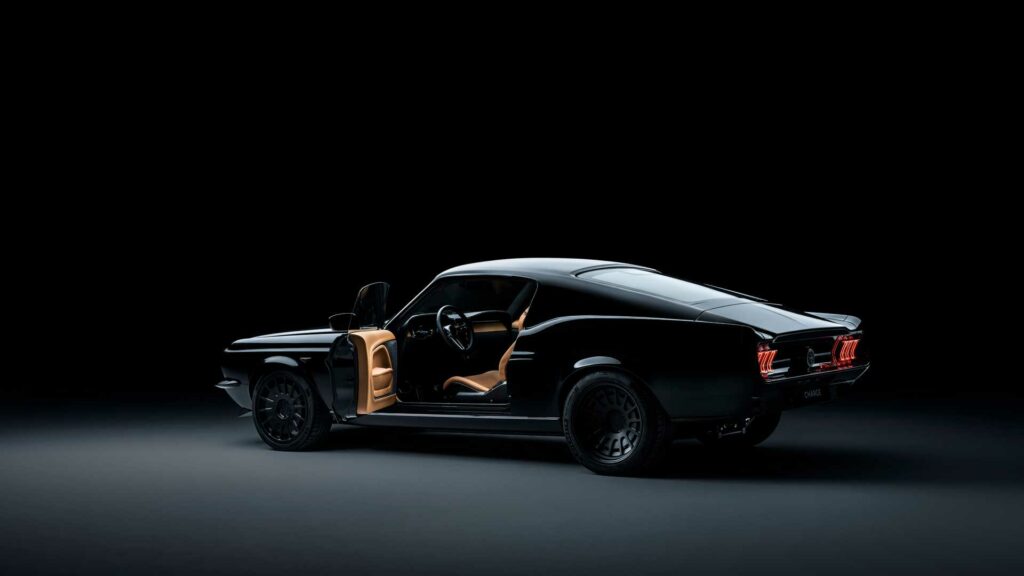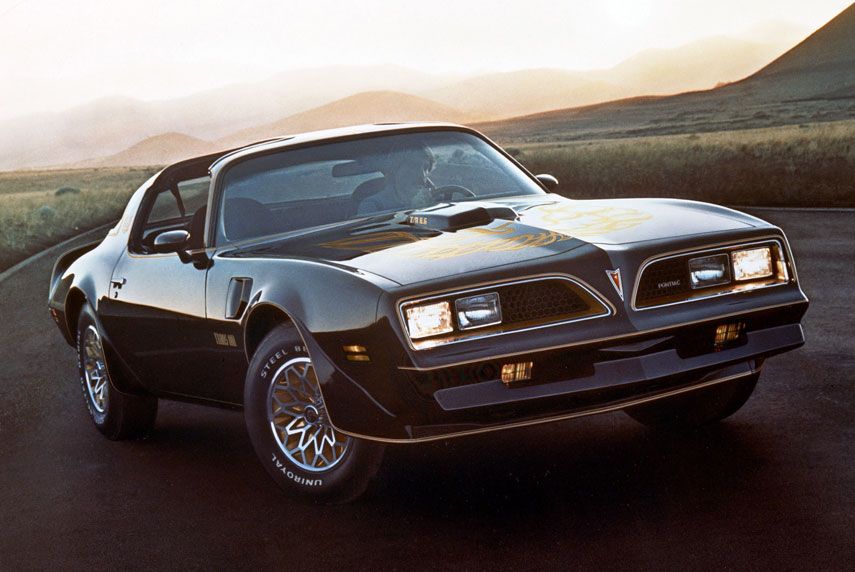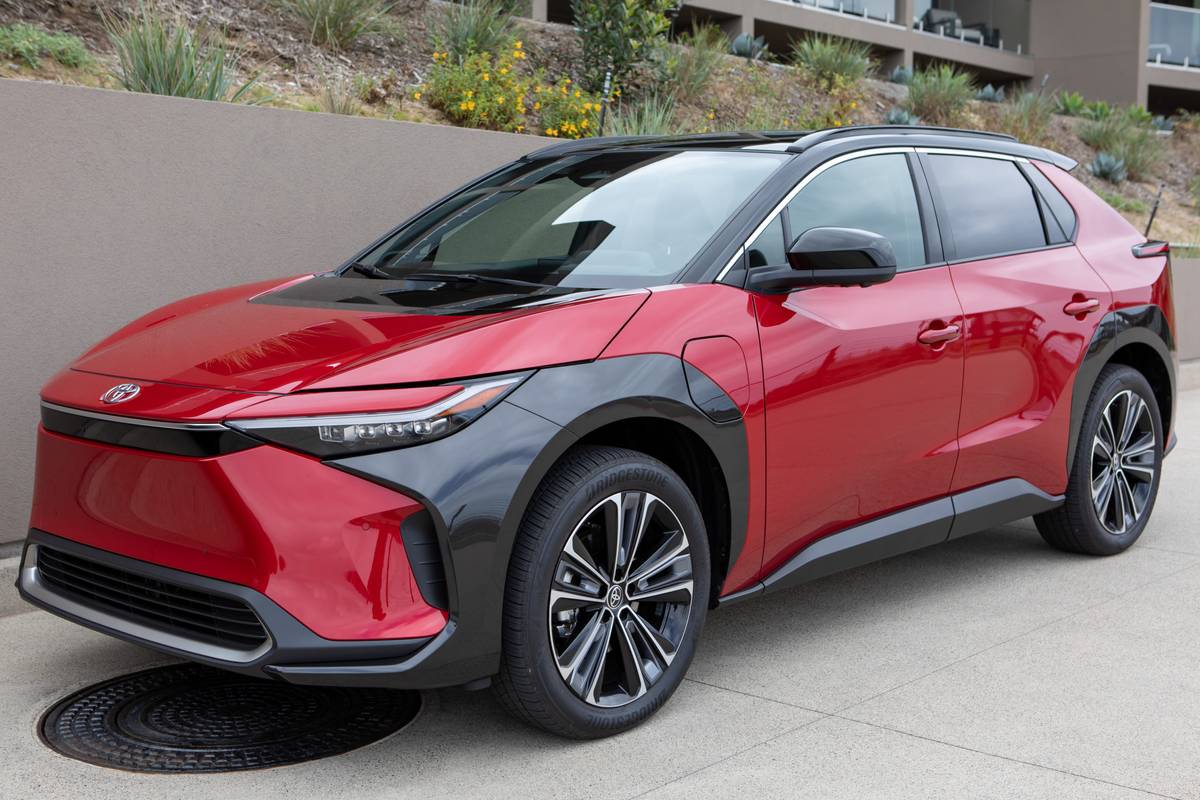
In this modern-technology world, it is nothing surprising to see the latest and modified automobiles one after another. Many countries like China, the US, Japan, Germany, Brazil, Spain, Thailand, India, Mexico, and South Korea manufacture cars with unique features. However, in the long run, Japanese, American and European cars remain at the top.
Traditionally, choosing between American and Japanese cars was a straightforward process for many individuals, regardless of choice. Things aren’t as simple as they once were.
Currently, the following Japanese automakers are among the most popular in the world:
- Toyota
- Mitsubishi
- Honda
- Acura
- Nissan
- Hitachi
- Subaru
- Lexus
- Mazda
These are the leading American automobile manufacturers:
- Ford Motor Company
- Chevrolet
- Chrysler
- Dodge
- Tesla
- Cadillac
- GMC
- Jeep
- Buick
Are you prepared to purchase a car but unclear about whether to select a Japanese or American model? Before choosing one of these two—each of which has benefits and drawbacks—compare the two.
Aspects To Evaluate Before Making A Final Decision
Choice Based On Safety Aspects
A significant component of Japanese autos is safety. Companies like Subaru based their whole business strategy on safety. For its qualities, Japanese cars are appreciated all over the world, and safety is among those features. When it comes to safety, Japanese automakers are at the forefront. Since they are renowned for creating technologies that improve the bar for auto safety, the notion that Japanese cars are the safest holds true in this instance.
Japanese automobiles perform exceptionally well in safety tests. However, Americans are unable to meet the same criteria. According to a study, Japanese automakers dominate the list of the Philippines’ safest cars, followed by European automakers.
The Winner in Safety: Japanese Cars.
The Battle Of Style And Design
One of the most crucial elements that potential clients look at is style/design. When choosing a vehicle, one should take into account its distinctive style and appearance. American cars constantly evolve in design.

Source: Charge.cars
American automakers continue to take advantage of this market desire and put great effort into making fashionable and relatively inexpensive cars like the Mustang, Challenger, and others. On the contrary hand though, Japanese automakers tend to keep the design the same for many years.
Many Japanese cars have stunning aesthetics. The issue arises when you look at all the cars currently being produced. Japanese designers keep things relatively simple, providing you with a cabin that doesn’t express much. In fact, vehicles like the Nissan Cube and Nissan Juke are not particularly appealing to the eye.
The Winner in Style/Design: American Cars.
In Terms Of Reliability
By the term reliability, we mean the car’s lifespan, frequency of breakdowns, and the amount of luck needed to keep it running. Civics and Camrys are examples of vehicles that never give up, both of which are from Japan. Japanese automakers produce many car models with a mileage of over 200,000 kilometers. Reliability-wise, Japanese cars have the best track record. Many drivers regard Toyota as among the most trustworthy vehicles on the market right now. This is caused by a variety of aspects, including their affordable parts and low breakage rate.
Toyota, Nissan, and Honda are not the only automakers that produce dependable vehicles. The reliability of the vehicles produced by other Japanese automakers including Mazda, Mitsubishi, Isuzu, and Daihatsu is comparable. Japanese automakers have left lasting impressions on consumers’ hearts by producing dependable and safe vehicles.
The Winner in Reliability: Japanese Cars.
Stability And Sustainability
The manufacturing strategy also significantly affects quality. Quality and effectiveness are the two things that Honda and Toyota’s management appreciate most highly. They don’t choose drastic alterations in every redesign. They rely more on a tested engineering method than they do on making radical changes.
You’ll see that the corporate strategies of a Japanese and an American automaker are in marked contrast. The engineering and construction of Japanese automobiles are astounding. They take great pride in their work and want their clients to have the finest driving experience possible.
The US auto industry, meanwhile, is more concerned about profitability. If you’ve heard the jokes about how frequently they break down and how they don’t last past 100,000 miles, they’re generally accurate. They emphasize innovative engineering techniques and significant advancements rather than raising quality. However, It can be beneficial for developing something new.
The Winner in Stability: Japanese Cars.
Preferable In Performance
The vehicle’s entire performance should be taken into account when choosing it. The discussion of the engine and transmission performance over time is essential. While many American automobiles, such as Ford, Ram, and Buick, have seen a qualitative improvement over the years, Japanese cars have always been recognized for their high performance. However, after ten years, both the engine and powertrain performance of these vehicles deteriorated, with the American models doing notably better in the ninth year.
The Winner in Performance: American Cars.
The Victor In Strength

American automobiles are well known for their power. These cars have even earned the title ‘muscle cars’ due to their strength. American cars have powerful engines that consume a lot of fuel. There is no doubt that these cars are not fuel efficient, but they sure are fun to ride. The strength those powerful engines give to cars makes the overall performance of the ride incredible. American automakers have no rivals when it comes to strength.
The Winner in Strength: American Cars.
Greater Fuel Efficiency
Fuel economy is one of the key factors that people take into account when purchasing an automobile. Unfortunately, American cars fall behind Japanese cars in this regard. This is due to the fact that American automakers tend to concentrate on SUVs, pickup trucks, and vans, all of which often have higher emissions and poorer gas efficiency.
On the other hand, Japanese automakers, including Honda and Toyota, concentrate on sedans and similar vehicles, many of which have electric/gasoline hybrid engines that increase fuel efficiency while lowering pollution. Japanese cars are specifically engineered to be fuel-efficient. Due to their smaller engines and better fuel efficiency, Japanese cars became more and more popular on the international market during the 1973 oil crisis.
In the US, they enjoy having big, powerful, roaring V8 engines under our hoods. In contrast, Japan prefers fuel-efficient, dependable, and compact engines. In 2020 ACA research for ‘top 5 fleet car brands’, the result showed that Toyota is the brand with the most fuel-efficient vehicles. However, with the launch of Ford and other automobiles, things have started to change recently, and American cars are now catching up to Japanese ones.
The Winner in Fuel Efficiency: Japanese Cars.
Reasonable Cost
Japanese cars are not only efficient and economical with fuel but also fairly priced. The most affordable car on the market, a Toyota will cost you around $5,000 less over ten years than a Ford. The cost of purchasing a Japanese car is lower, and maintenance is surprisingly inexpensive. When you bring your Japanese car in for an inspection, mostly, it’s inexpensive and simple to fix a broken part.
Numerous issues can arise for drivers. One of the most common problems that can arise is a damaged component that requires repair. The components and repairs for typical Japanese vehicles are some of the least expensive. When it comes to pricing, the actual car models themselves should be taken into consideration rather than any particular country so that you can select the most affordable option for your needs.
The Winner in Affordability: Japanese Cars.
Managerial Stability Of American and Japanese Automobile Companies
Between American and Japanese cars, it is obvious that Japanese cars are more reliable. Some counter that Toyota and Honda can emphasize quality and dependability because they are successful. The truth is that Japanese businesses’ profitability results from their implementation of the steady method, not the other way around.
In American companies, since the objective is typically to come up with spectacular and revolutionary upgrades at a time, engineers are given less time when it comes to enhancing current goods for the sake of improving quality. More than 11 million automobiles were produced in the United States in 2005, compared to more than 10 million that left Japanese assembly lines.
It is necessary to note that despite the lesser quantity, Japanese automobiles frequently made a prominent appearance in lists of the “top 10 cars,”. And sometimes, even taking over the entire list. This is majorly due to the smart managerial strategy of Japanese automobile companies.
Conclusion
We have come to the conclusion that Japanese cars are better than American ones based on the aforementioned factors. Japan received five points out of eight important traits, whereas America received three. Since the 1930s, Japanese automakers have been producing vehicles. Some prominent automakers include Toyota, Nissan, Daihatsu, Honda, Suzuki, Mazda, Mitsubishi, and Yamaha. However, America never lost the race with its popular automobile brands like Cadillac, General Motor Cars, Ford, Lincoln, Chevrolet, and now Tesla.
Vehicles are typically purchased based on the features and personal preferences of the buyer. For varying personal reasons, various people will favor one over the other. While some choose fuel-efficient vehicles, others want strong, powerful ones. Therefore, if you are more into style, performance, and strength, then American cars are the best bet for you. But, if you want a less expensive, reliable, and safest car, you should consider buying a Japanese car. Regardless, when it comes to automobiles, we have a lot of respect for both nations.




